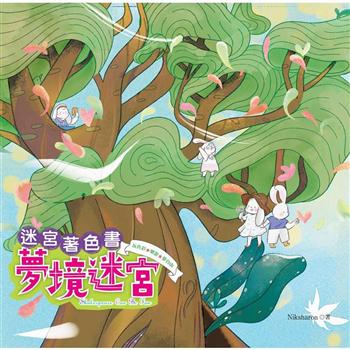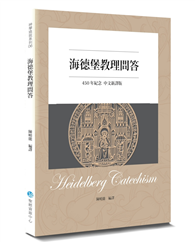The North and South Forks of the American River were sites of industrious gold mining beginning in 1849. Whole communities sprang up to support the placer mining activity in the region. The rivers were literally diverted out of their channels in order to scour gold from the river bed. Monumental engineering projects were undertaken to build bridges and water projects for gold mining. A century after the height of the gold rush in the region; Folsom Dam was built at the confluence of the North and South Forks of the American River forever covering many of these historical sites under lake water.That was until the great California drought of 2014 - 2015. In 2015 Folsom Lake was drained to record low water levels exposing many gold rush era sites to the light of day. In his many hikes across the dry lake bed of Folsom Reservoir, Kevin Knauss, author of Hidden History Beneath Folsom Lake, captured numerous photographs of the remnants of the gold rush era in the region. He chronicles the important water works projects of the North Fork Ditch, Natomas Ditch, and the Negro Hill Ditch that were instrumental in delivering water to the miners. Included in the book are pictures of the vestiges of the first dams on the American River that diverted water into the ditches and rock retaining walls, built by hand, to support the canals along steep river canyons.Knauss also documents the concrete and stone rubble foundations of several buildings and bridge abutments that were relegated to a life submerged underwater when Folsom Dam was built. He also came across numerous Native American grinding holes along the river which reminds us that before there were white Europeans tearing up the river in search of gold, there was a native community living in the area. In order to give a deeper perspective of life along the American River in the 19th century, Knauss includes numerous newspaper articles from the 1800’s about the mining activity and first-hand accounts of the landscape. Included in these stories from the 1850s are how a band of miners were forcing Chinese immigrants to abandon their mining claims along the river and the murder of an African-American in Negro Hill.Along with photos of historical items, Knauss captured the American River flowing free around Rattlesnake Bar and Salmon Falls. These images give a small glimpse of what early pioneers and Native Americans would have experienced before the advent gold mining and Folsom Lake. There are also images of the destruction gold mining created along the American River by the mounds of mine tailings that were left and river banks chewed away by hydraulic mining.Knauss also augments his narration and photographs with lots of maps. Historical maps from the 19th century helped Knauss document that the artesian wells he witnessed bubbling up water during the severe drought of 2015 were actually Rose Springs and Rock Springs. Both springs were important watering holes for early pioneer travelers and later supported small communities. Hidden History Beneath Folsom Lake is destine to become a historical reference guide to future explorers of the Folsom Lake area as they look for remnants of California’s early gold rush history.
| FindBook |
|
有 1 項符合
Kevin Knauss的圖書 |
 |
$ 1207 | Hidden History Beneath Folsom Lake: Hiking Across A Dry Lake Bed in Time of Drought
作者:Knauss 出版社:Kevin Knauss 出版日期:2016-08-15 語言:英文 規格:平裝 / 102頁 / 27.94 x 21.59 x 0.53 cm / 普通級/ 初版  看圖書介紹 看圖書介紹
|
|
|
圖書介紹 - 資料來源:博客來 評分:
圖書名稱:Hidden History Beneath Folsom Lake: Hiking Across A Dry Lake Bed in Time of Drought
|











